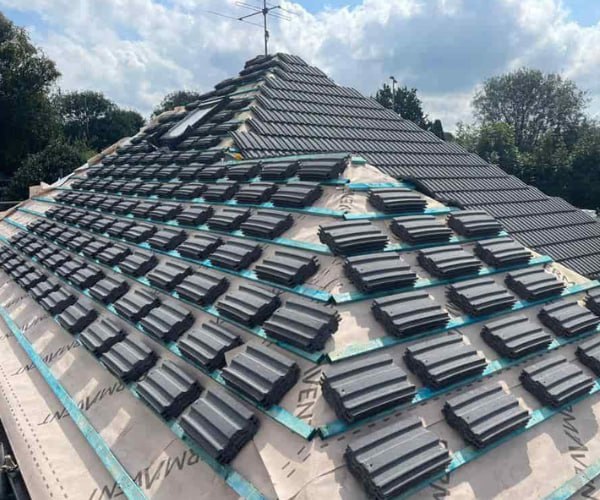Maintaining Lead Flashing in Extreme Climates
Introduction: Lead flashing is a versatile and durable material that plays a vital role in maintaining the integrity of your roofing system. While it is known for longevity, lead flashing can face unique challenges in extreme climates. In this blog post, presented by SAR Roofing Biggleswade, we’ll explore the importance of maintaining lead flashing in extreme climates and share essential tips to ensure its durability.
The Resilience of Lead Flashing
Lead flashing is renowned for its ability to withstand various weather conditions, from scorching heat to freezing cold. However, extreme climates can test even the most robust materials. Here’s how to ensure that your lead flashing remains effective in such conditions:
1. Regular Inspections
Extreme climates can accelerate the wear and tear of lead flashing. Schedule regular inspections, especially after severe weather events, to check for any signs of damage. Look for cracks, splits, or gaps in the flashing that may have developed due to temperature fluctuations or other environmental factors.
2. Proper Installation
Ensuring that lead flashing is correctly installed is the first defence against extreme climate conditions. Ensure it is securely fastened, sealed, and positioned to divert water from vulnerable roof areas, such as chimneys, vents, or roof valleys.
3. Professional Maintenance
While some minor issues can be addressed with DIY repairs, consulting with a professional roofing contractor for regular maintenance and any significant repairs is crucial. They have the expertise and tools to assess the condition of your lead flashing comprehensively.
4. Weatherproof Sealants
In extreme climates, the expansion and contraction of materials due to temperature variations can stress lead flashing. To enhance its durability, apply high-quality, weather-resistant sealants designed for lead flashing. These sealants create a protective barrier against moisture infiltration.
5. Protective Coatings
Consider applying specialised coatings that are compatible with lead flashing. These coatings provide an additional layer of protection against the harsh elements, extending the life of your flashing.
6. Snow and Ice Management
In regions prone to heavy snowfall and ice accumulation, pay extra attention to the areas around your lead flashing. Clearing snow and ice buildup promptly can prevent potential damage caused by the weight and thawing and refreezing cycles.
7. Ventilation
Proper attic ventilation is essential to regulate temperature and humidity within your roofing system. Maintaining the right balance can help prevent condensation that may damage your lead flashing.
Conclusion: Maintaining lead flashing in extreme climates requires vigilance and proactive measures to ensure longevity and effectiveness. Regular inspections, professional maintenance, proper installation, and protective coatings are all essential steps in protecting your roofing system from the challenges posed by extreme weather conditions.
Call us on: 01767 660 597
Click here to find out more about SAR Roofing Biggleswade
Click here to complete our contact form and see how we can help with your roofing needs.

